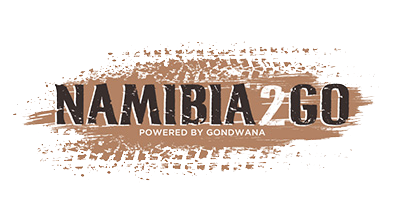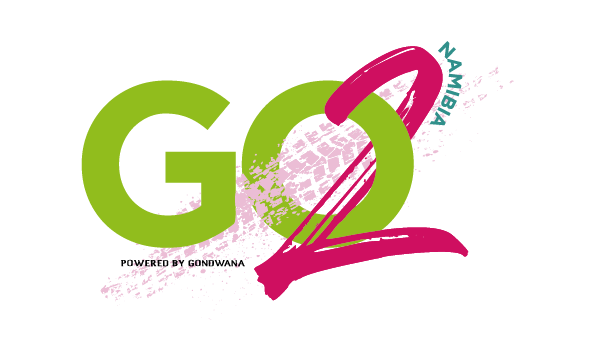If you’ve ever wondered about the name given to Namibia’s famous rock engravings, ‘Twyfelfontein’, the Afrikaans word for ‘Doubtful Spring’, then wonder no more. It stems from a man called David Levin, or should I say David ‘Twyfelfontein’, who farmed on the land in the late 1940s to the early 1960s.
From an early age it was David’s - and his family’s dream - to have a farm in Namibia, but it would take him many years to gradually build up a flock of sheep and to find a piece of land to call home. His journey began in 1936, at the age of 26 when he was given the responsibility of purchasing the first sheep, a cart and two donkeys with savings he, his half-brothers and stepfather had earned in the diamond mines of Alexander Bay. While the rest of the family continued working at the mines, saving what they could, David travelled with his sheep to the farm Nuichas, south of Goageb, partly-owned by Dirk de Beer, to work as a farmhand. His received payment in the form of sheep and grazing for his animals.
In times of drought, David was required to trek with the sheep to areas with more abundant grazing, and travelled to areas around Nuichas, Aus and Helmeringhausen, as well as venturing into the Sperrgebiet. In 1939 his family joined him on the farm at Nuichas and the sheep and goats were shared among them. This was also the year that he married Dirk’s eldest daughter, Ella. The couple remained at Nuichas as ‘bywoners’ - farmers living on someone else’s land - for the next few years, trekking with their animals in the drier periods to find grazing.
When Dirk bought the farm Dobbelsberg - north-east of Karibib - in 1946 David decided to go with him and explore the area further north in the Kaokoveld. Ella was expecting their third child by then and the health problems that she would suffer from for the rest of her life began to surface. When the animals were loaded onto the train at Goageb, the women and children climbed aboard while David and Dirk travelled in Dirk’s bakkie, stopping at the major stations to feed and water the animals. When they got to Windhoek David visited the Land Board to apply for grass-licence land in the Kaokoveld. As licences had been given out since 1942, the only available land was in the more remote arid areas and the Land Board was not allowed to allocate it until it was surveyed. David enquired about a piece of land with a spring called /Ui-//aes on it, south of the Aba-Huab River, that was clearly marked on their map. The clerk told him that it wasn’t possible to farm there as it was desert. He did, however, give David permission to visit the spring and see the area for himself.
It was only two months later that he and Dirk were able to travel to the spring, almost 300 kilometres from Dobbelsberg. When they got there, they noticed a large layer of rock that restricted the flow of water. David hoped that it was possible to dig under the rock to increase the flow. Although they knew that there was the possibility the spring might not be able to provide sufficient water, David made the decision to take a chance anyhow because he had no alternative. They stopped at farms on the way back to organise stopovers for the family and the animals on the long journey ahead.
In early 1947 they began the slow trek northwards. When they eventually neared Aba Huab, David went ahead to the spring where he tried to open a wider area with an axe and built a furrow leading to two clay hollows where the animals could drink. When Ella and the children arrived, they set up tents at their new home.
Thus began the family’s life on the land that was surrounded by flat-topped sandstone mountains, etched with engravings from early hunter-gatherers, a place that would later become a popular destination on the tourist route.
(Reference: David Levin of Twyfelfontein – The unknown story, Michiel Levin & Mannfred Goldbeck)
Watch this space tomorrow for part2 . . .
You might also like
Copyright 2025. All Rights Reserved by Padlangs, Gondwana Collection Namibia


.png)
.jpg)
.jpg)




.png)

SUBMIT YOUR COMMENT